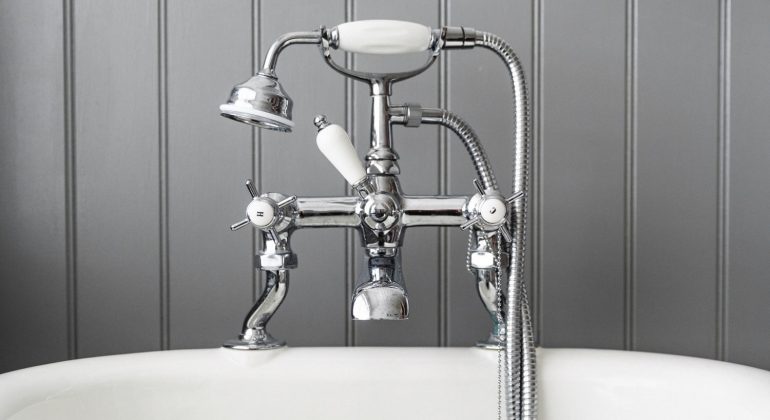If you plan to live outside the city, there are a lot of things you’d need to consider. One of these is your well water system. Well pumps are a common fixture for any house in the countryside and is also a very handy tool to have if you want effective water delivery from a well to your home. However, there are times when problems such as weak water flow are encountered. When these inconveniences happen, everything is put in limbo—your laundry, washing the dishes, and even having a nice shower.

If you’re fairly new to the country life, well pump system problems can be a bit frustrating. It’s a tricky task to complete, but nothing that can’t be fixed in a few steps. DIY provides a handy step-by-step solution on how to increase water pressure on your well pump, including some tips to help you prevent this problem from ever occurring again.
Before we get into the specifics of adjusting your well water pump, let’s take a look at the common causes of water pressure woes.

Common Causes of Well Water Pressure Problems
The first thing that comes to mind when well pump issues occur is the possible blockage. Over time, well pumps can accumulate sediments and minerals, ultimately building up into a large enough mass that decreases water pressure.
However, other foreign materials can also cause blockage, so make sure to check all pipes as well to see if this is the case. Clogged pipes are easier to spot especially after adjusting your switch and you find that the water pressure is still weak.

Another common cause for well pump pressure is the number of new appliances or changes that you put into your home. Maybe there’s a fixture that uses more water than your faucets and showers? It might just be the cause of why your water pressure is not as strong as it once was. It could be hogging down all the water to itself.
A more natural and common cause of water pressure problems is a drought. This natural phenomenon can definitely cause a significant drop in water pressure, especially during the summer season.

Increasing Your Water Pressure
Pipe Inspection. Now that the causes are laid out, it’s time for you to work on getting back your optimal water pressure. As mentioned, the first thing to do when you find a clogged pipe is to clean them out thoroughly. Don’t try to increase the water pressure to flush out the blockage as this might cause significant damage to your water system. You have to carefully inspect your pipes before you begin working on the pressure switch (if that’s the root cause of the problem). After working on the pipes, check your faucets and showerheads to make sure that they are clean and free from any type of buildup. If you see one, clean them immediately.
Constant Pressure System. If pipe blockages aren’t causing the water pressure problem, it’s time for you to consider installing a constant pressure system. This helps regulate the water pressure, even when the water draw is turned up. It’s ideal for pumping water supply to rooms located on different floors of a building. A constant pressure system also helps you have a steady flow of water in different areas, no matter how often you use your faucets at the same time.

And if you’re a bit apprehensive about the tedious task of installing a constant pressure system, think again. It’s very easy to install—just attach it to your direct water line and you’re good to go.
Adjusting the Pressure Switch. When the previous steps work to no avail, perhaps its time to wage war with your pressure tank. These tanks tell you how much water is passing through the pipes. Remember, the standard water pressure for a home is 60 pounds per square inch (psi). If you find that it’s below 40 psi, then you’ve finally found the culprit behind your weak water pressure.

To adjust the pressure switch, you’ll have to turn off the power supply first (or the circuit breaker, to be extra safe). After turning it off, locate the air fill valve (it kind of looks like a tire valve) and remove the plastic cover and the nut.
You can then attach a tire pressure gauge to get a read on the pressure. After that, proceed to the pressure switch (usually located near the well’s piping connecting to the pressure tank). Usually, it looks like a small gray or black canister. There’s a nut attached to it to control the pressure, so turn it clockwise while checking your pressure gauge. Keep turning until it reaches 60 psi. Turn counterclockwise to decrease the pressure if you go overboard.
As you perform the task, make sure that you are allowing the pump to cycle while paying close attention to your pressure gauge.

